Have you been experiencing strange symptoms like itchy skin, lots of bruises, or water retention, and can’t put your finger on the cause? It could be a signs of liver damage.
If these symptoms sound familiar, keep reading. Here are the seven telltale signs that your liver is damaged, and what you can do to start repairing it.
What Your Liver Does and Why It’s So Important
Your liver is the largest vital organ in your body. It carries out several essential tasks every single day to keep your body running, including: (1, 2)
Love turmeric recipes?
Add power-packed anti-inflammatories to every meal with these FREE turmeric recipes!
- Breaking down toxins like medications, alcohol, chemicals and pollutants.
- Converts ammonia, a byproduct of metabolism, into urea, which is excreted as urine.
- Produces bile to help with fat digestion.
- Converts glucose (carbohydrates) into glycogen to be used by your muscles.
- Manufactures cholesterol and triglycerides.
- Regulates blood levels of amino acids.
- Removes bacteria from the bloodstream and supports the immune system.
- Stores some vitamins and minerals, such as vitamin A, vitamin D, vitamin K, and B12.
All the blood leaving your intestines and stomach pass through your liver to be cleansed and purified before going back into circulation. That means your liver holds about one pint of your body’s blood supply at all times! (3)
As you can see, none of these functions are things your body can “do without.” Any kind of liver damage can cause toxins to wreak havoc in your body, bile regulation to be thrown off (causing you to have problems with fat digestion), and even disrupt your cholesterol levels. (4, 5)
If you’re experiencing certain odd symptoms and have an inkling that it might have something to do with your liver, keep reading to learn the exact symptoms and what you can do to help heal liver damage.
7 Telltale Signs of Liver Damage
There are several telltale signs that you might be in the early stages of liver damage. Of course, if you’re experiencing any of these (and especially if you’re experiencing more than one), you’ll want to see your doctor, and also browse the section below on how to help repair liver damage naturally.
1. Yellowing of Skin and Eyes (jaundice)
One of the most common indicators of liver damage is yellowing of the eyes and skin. You’ll notice this as a sort of “tint” to your skin tone, and your eye whites will be an off-white or pale yellow versus a clear white.
Jaundice occurs due to higher levels of bilirubin in your blood, which is a product of hemoglobin that is broken down from blood. It can indicate many kinds of liver damage, from liver stones to cirrhosis and even drug-induced hepatitis. (6)
2. Itchy Skin
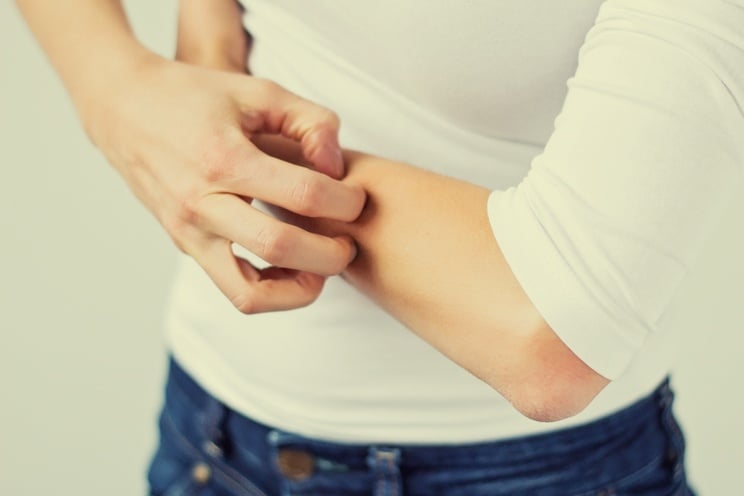
While itchy skin can have many different causes, it is also a common feature of certain types of liver damage. Researchers mention that it is often a result of when the bile ducts of the liver are inflamed or in hepatitis or drug-induced liver injury. Interestingly, itchy skin isn’t seen as often in liver damage or disease caused by alcohol. (7)
Keep in mind that itchy skin due to liver damage won’t be bumpy or have lesions (unless you scratch it until sores develop). This is what separates liver-induced itching from other skin conditions.
3. Bruising Easily
Your liver also produces many essential proteins, one being albumin, which is responsible for carrying molecules through the bloodstream, along with others that encourage blood to clot properly. Because of this, it is common to bruise easily once the liver becomes damaged, since it puts out less blood clotting proteins. (8)
4. Water Retention
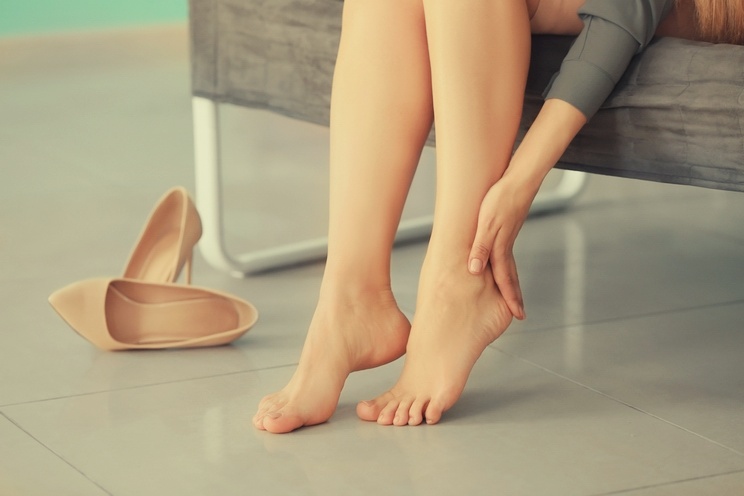
Water retention, or “ascites,” is often something that occurs during advanced liver disease or cirrhosis (scarring of the liver). While the exact cause is still unknown, researchers believe increased pressure on the liver and vessels leading to the liver results in less circulation of fluids. When this happens, water is retained either in the abdominal area or in the hands and feet. (9)
5. Tender Abdomen
One of the early signs of liver trouble can also be a tender abdomen – namely in the upper right section under your ribs. The area can also be swollen and be accompanied by a throbbing or stabbing pain, and can even be mistaken for shoulder pain, since it tends to radiate outward. This occurs due to inflammation from several liver diseases and damage, including cirrhosis and bile duct inflammation. (10)
6. Dark Urine
Remember how we spoke of yellowing of the eyes and skin due to the buildup of bilirubin in the blood during jaundice? This also occurs in your urine, since bilirubin is excreted through your kidneys and flushed out as urine, turning it a dark yellow color. (11) If you notice your urine is also unnaturally dark along with yellowing of your eyes and skin, chances are you have liver stones or some type of inflammation going on.
7. Pale Stool
Normally, the color of your poop is varying shades of brown. If this color begins to turn pale or a clay color, however, there may be problems with your liver, or even your gallbladder and pancreas.
As you now know, your liver produces bile, and as a result, bile salts. These salts are what give stool its brown color. If there is something blocking bile production, such as liver stones or another malfunction, these bile salts won’t be released and you will produce pale stool. (12)
How to Help Improve Liver Health
Contact your doctor immediately if you’re experiencing signs of liver damage. In addition to your doctor’s recommendations, there are several things you can do to begin to repair and heal liver damage naturally.
1. Eat Liver-Nourishing Foods
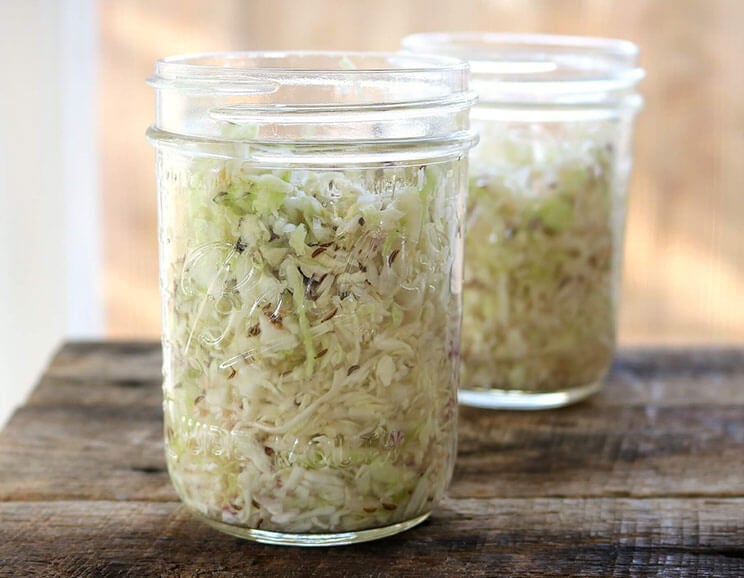
Try to consume high-quality, fresh, organic fruits, veggies, and grass-fed meats, wild fish, nuts and seeds at every meal. This minimizes the amount of toxins you ingest on a daily basis and reduces the workload of an already stressed liver.
In particular, coffee has been shown to protect the liver from damage (cheers to not having to give it up!). (13, 14) In addition, high-antioxidant foods like blueberries, cranberries and grapefruit have also been shown to reduce the amount of harmful connective tissue buildup in the liver, which could lead to inflammation and damage The pigment contains the antioxidant power, so be sure to add these colorful fruits to your plate daily. (15)
Probiotic foods like sauerkraut, kimchi, and low-sugar, non-dairy yogurts can also be soothing to your liver. Studies show that the balance of good and bad gut bacteria play a large role in non-alcoholic fatty liver disease. (16)
2. Avoid Harmful Foods and Alcohol
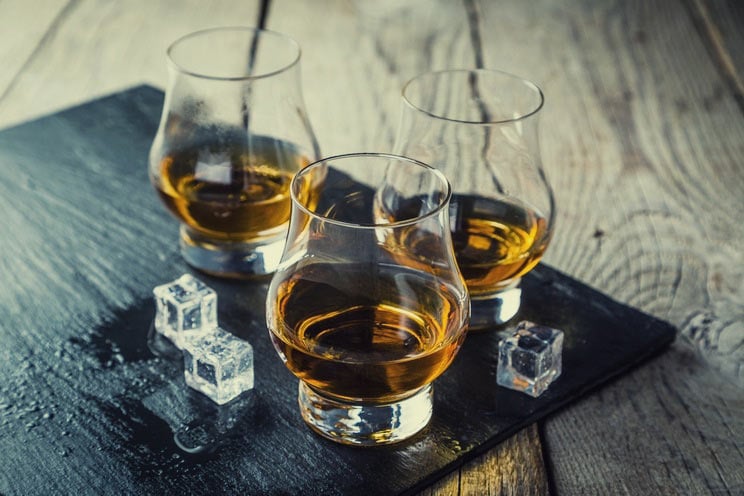
One of the most important things you can do to repair your liver is to stop eating harmful foods and drinking alcohol.
This includes processed and harmful foods like candies, sodas, breads, flours, dairy, soy, alcohol, and foods loaded with chemicals or other non-identifiable ingredients on the ingredient list.
Remember: your liver is responsible for filtering out any toxic substance that enter your body, and foods that are heavily processed and laden with artificial ingredients are no exception.
3. Supplement with Liver-Supporting Herbs
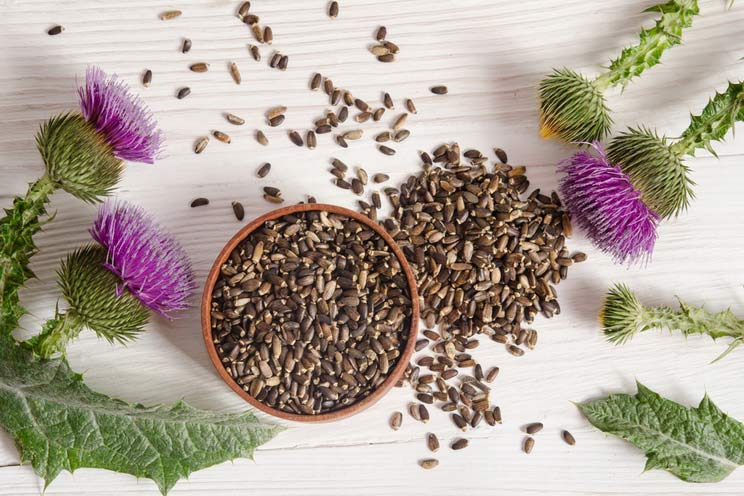
Try adding liver detoxifying and supporting herbs to your daily regime. Dandelion root in particular is fantastic: studies show it helps protect the liver and reduces the amount of oxidative stress (damage) that occurs when it’s exposed to toxins. (17)
Milk thistle is another promising herb when it comes to protecting the liver and reducing inflammation in liver cells. (18)
Both of these herbs can be taken as a tea (you can often find them in tea bags) or as a supplement. Be sure to follow the dosage instructions if you do decide to go the supplement route.
4. Avoid Environmental Toxins
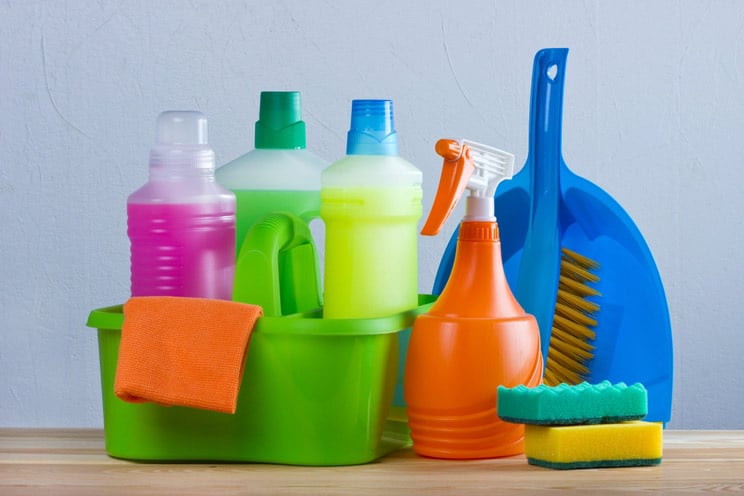
While it’s nearly impossible to avoid every environmental toxin you encounter daily – like smog or exhaust fumes – you can minimize the toxins you’re exposed to in your home.
Many cleaning products and cosmetics contain parabens, flame retardants, hormone disruptors and other chemicals that have to be processed by your liver – adding additional stress to an already taxed detox system. (19)
Try to limit your exposure to these substances by sticking to all-natural cleaners, cosmetics, shampoos and conditioners, and even toothpaste. Look for minimal ingredients on labels, and preferably stick to brands using antibacterial essential oils and vinegars as their base for disinfecting surfaces.
The Bottom Line
Liver damage usually occurs due to lifestyle factors – essentially what you’re eating, drinking, or being exposed to on a daily basis. Simply cleaning up your diet and avoiding major toxins can be a huge relief for your liver and give it a chance to repair itself.
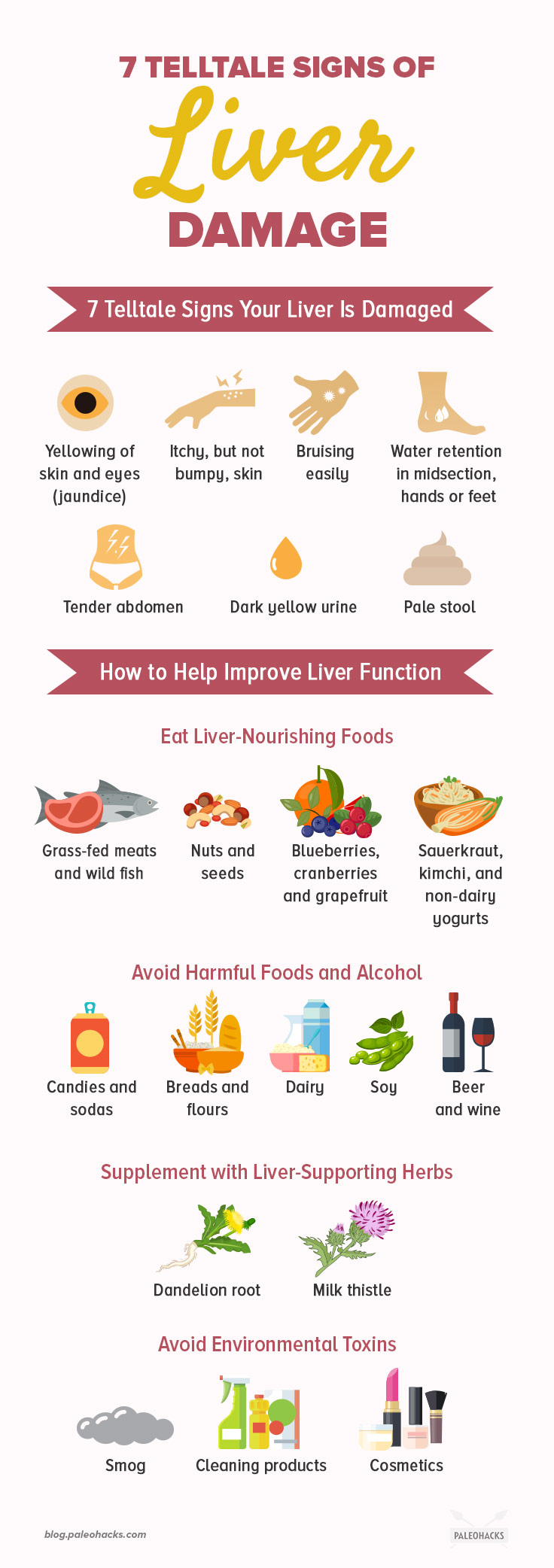
(Read This Next: 7 Amazing Foods That Cleanse Your Liver Naturally


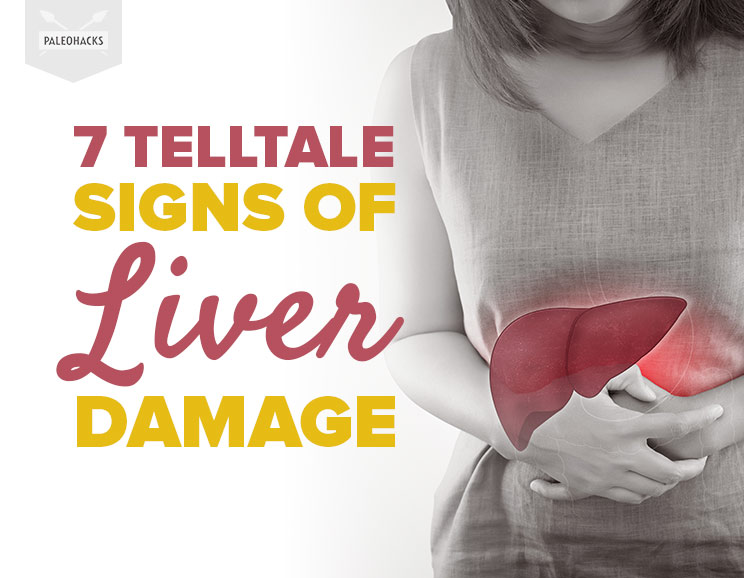
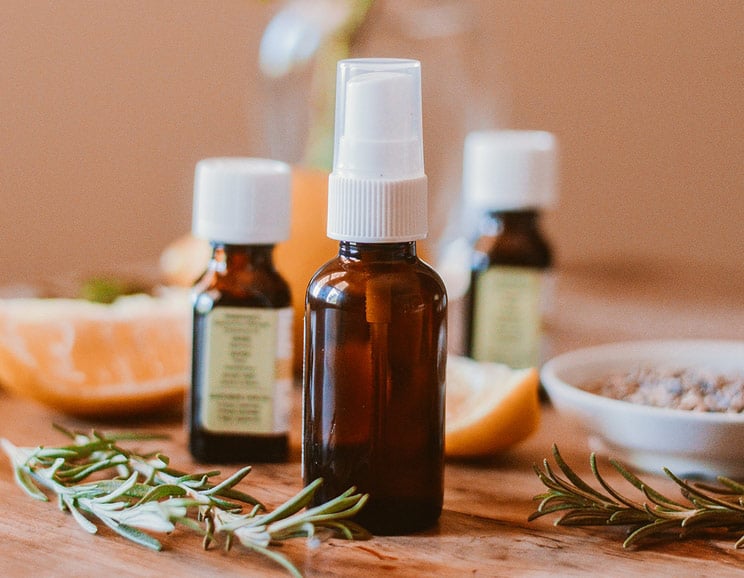 Thieves Oil: What It Is, Benefits & How to Make It
Thieves Oil: What It Is, Benefits & How to Make It
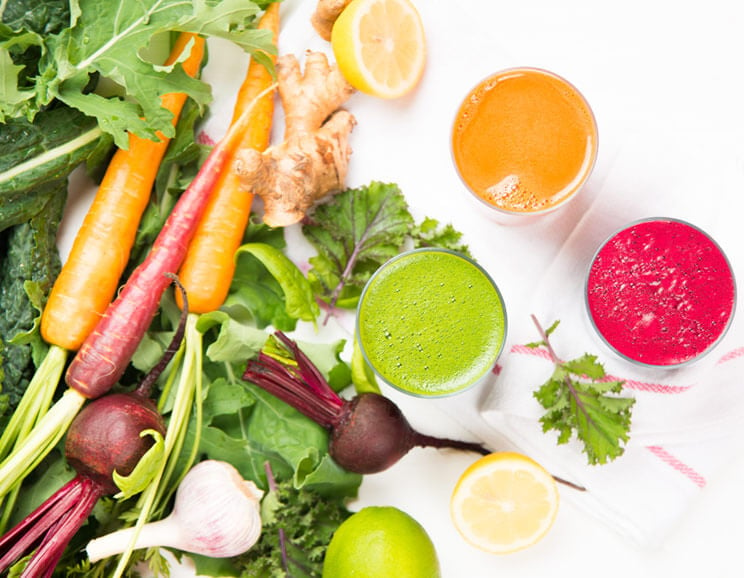
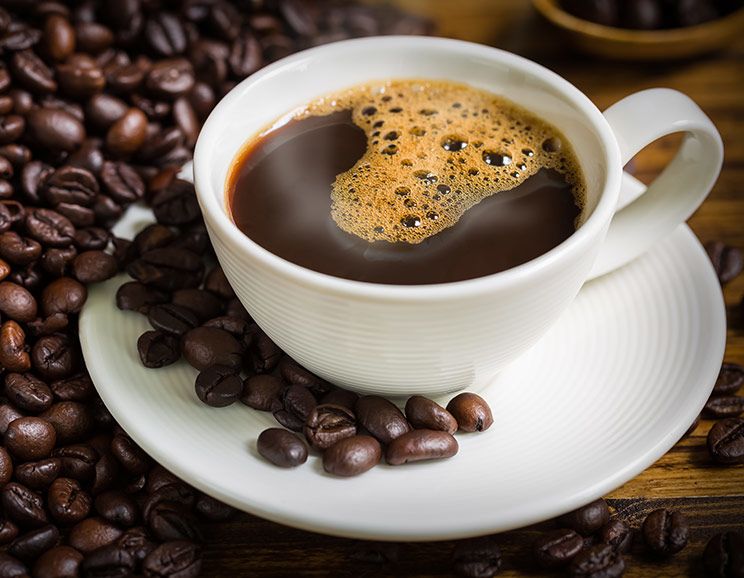


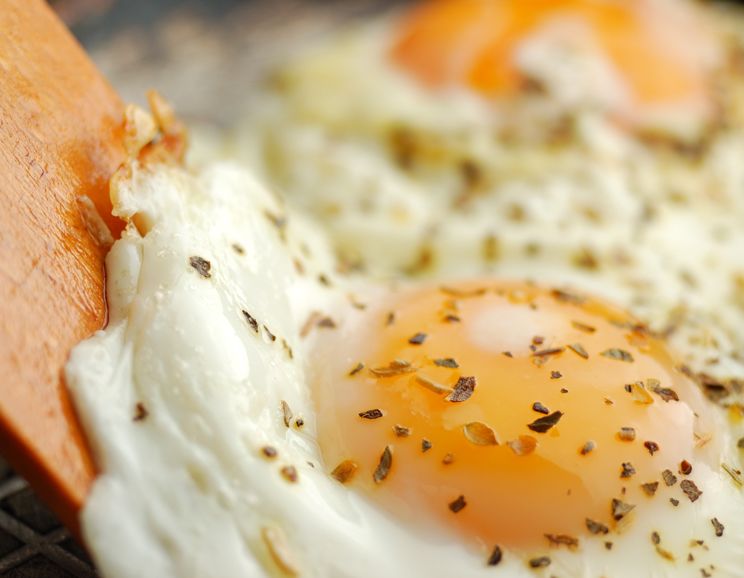
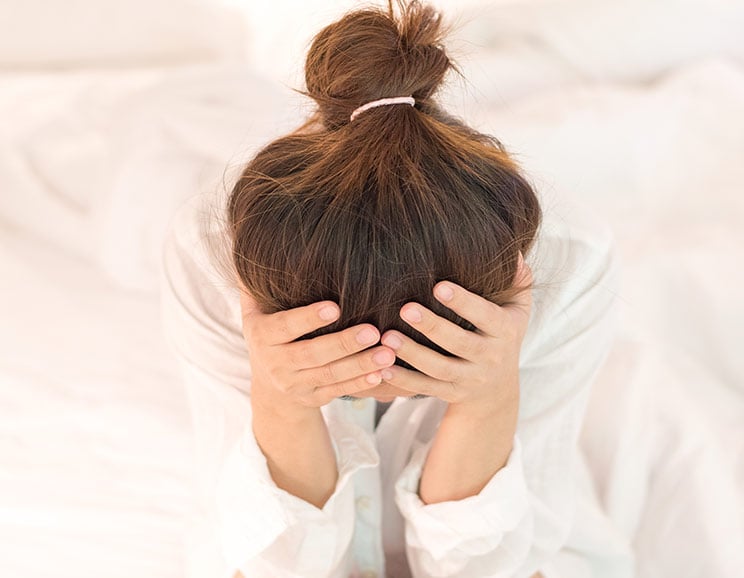
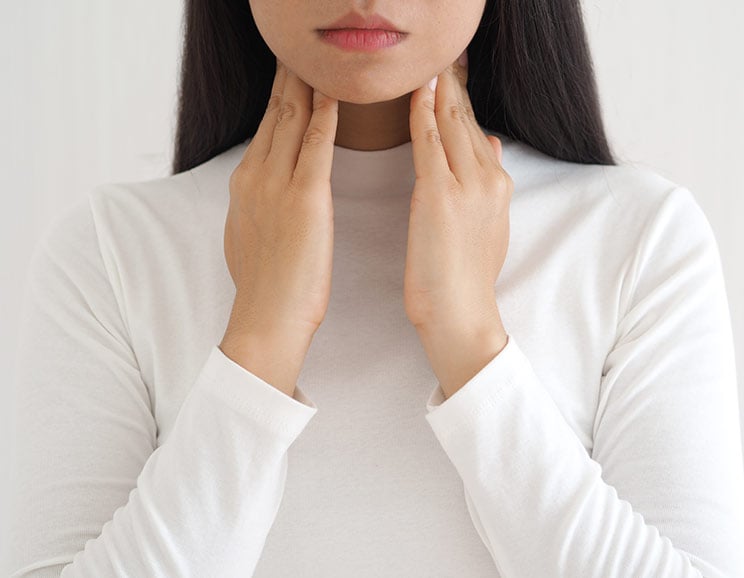
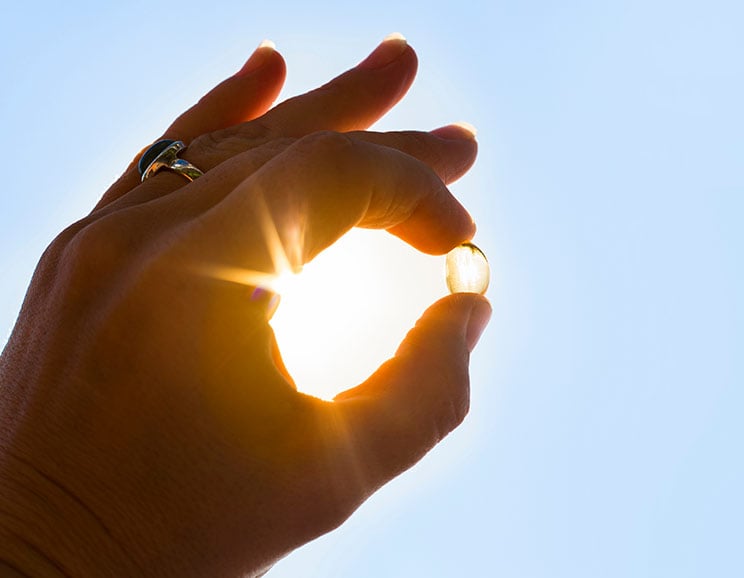
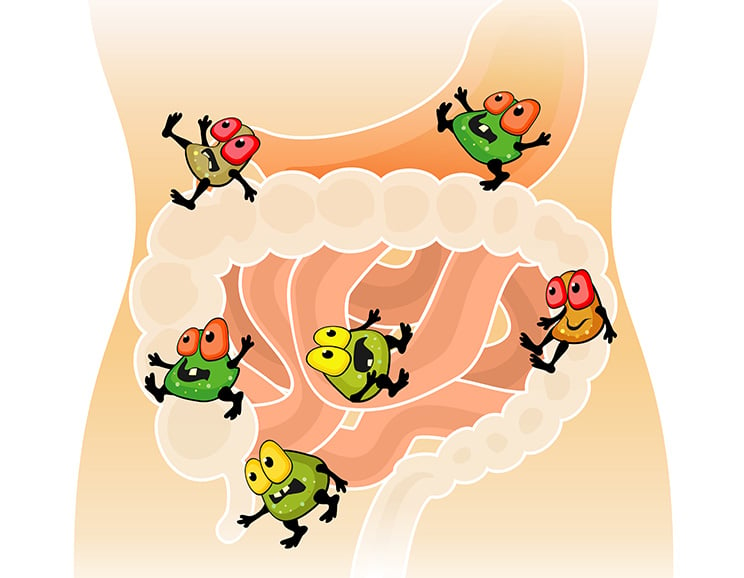
Show Comments